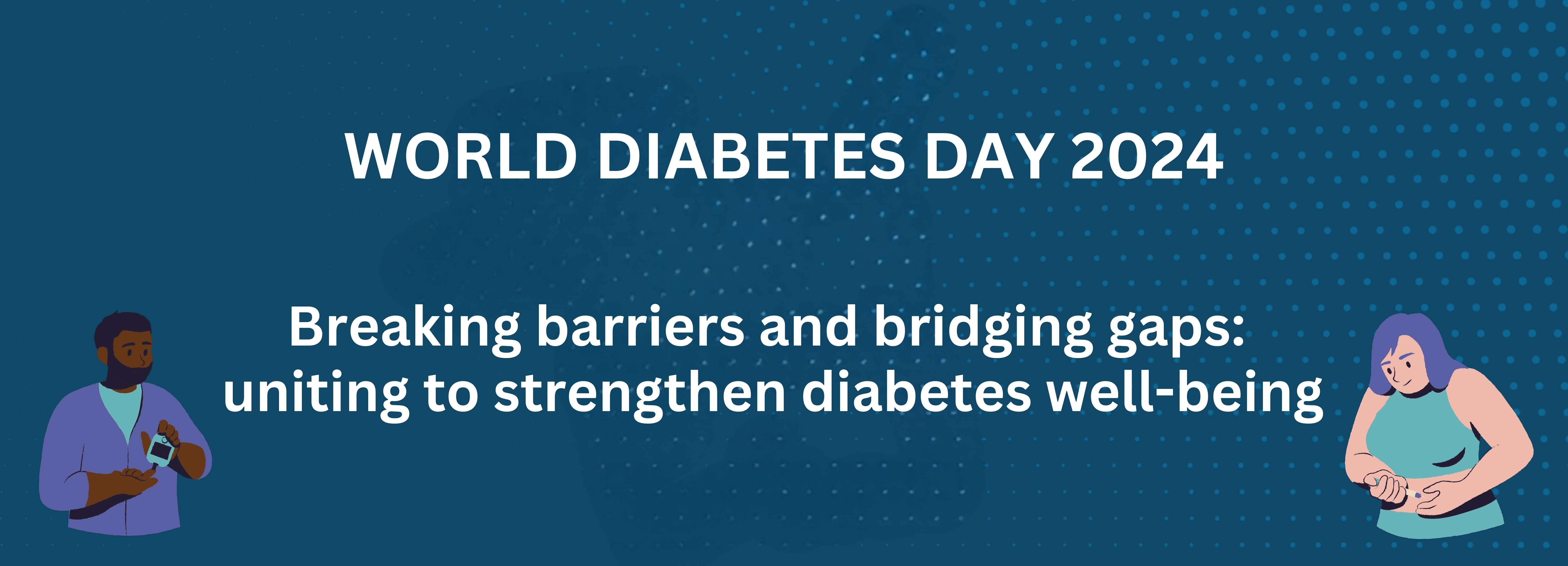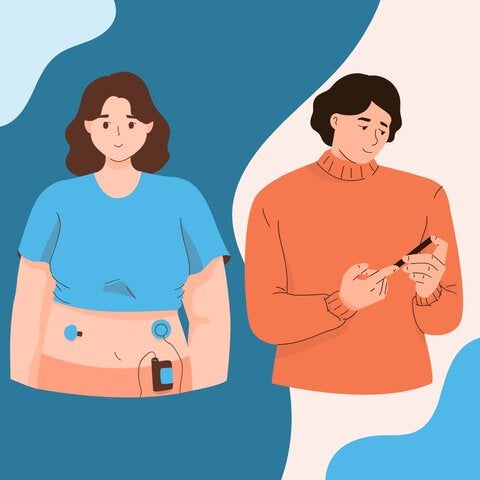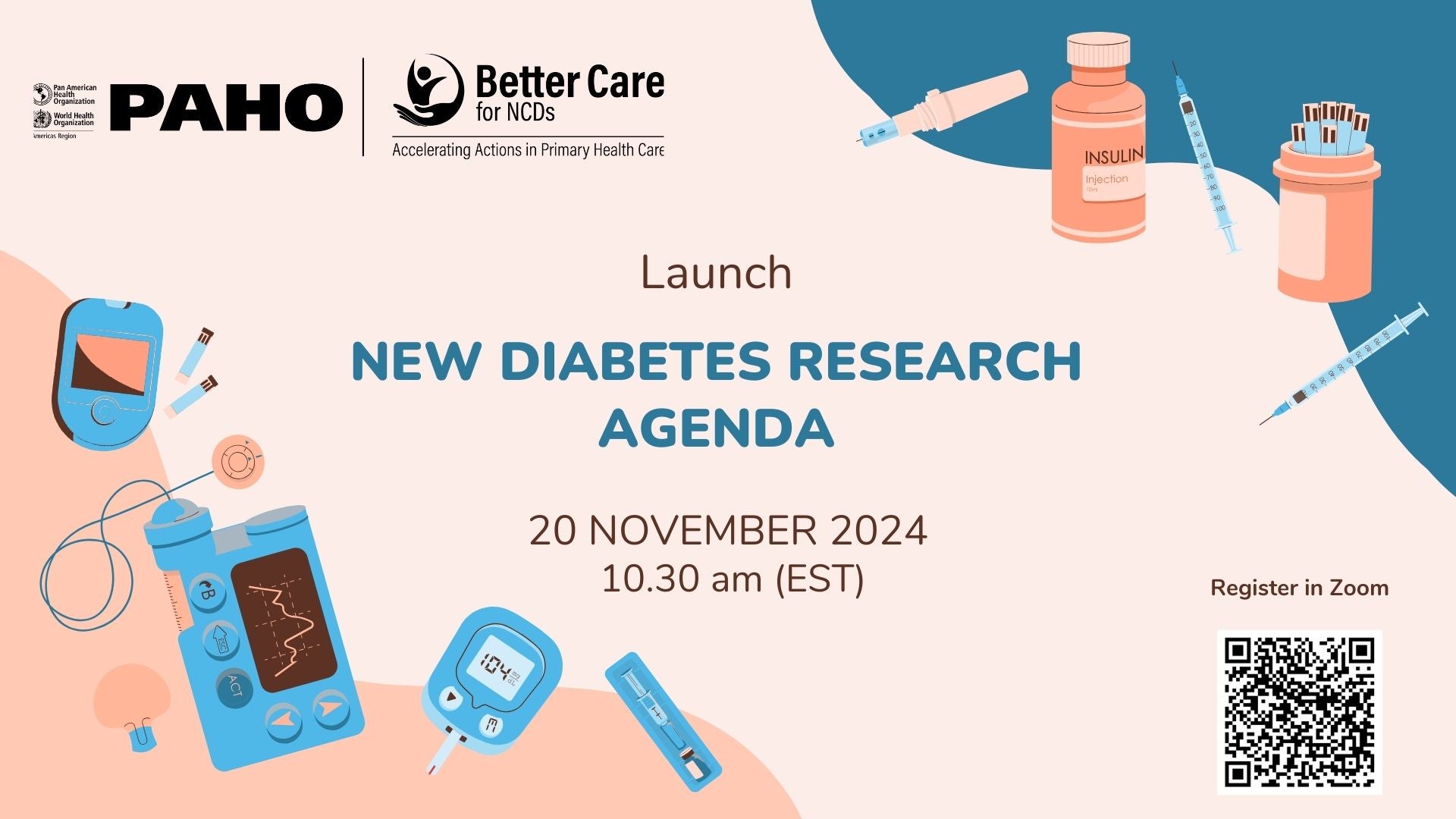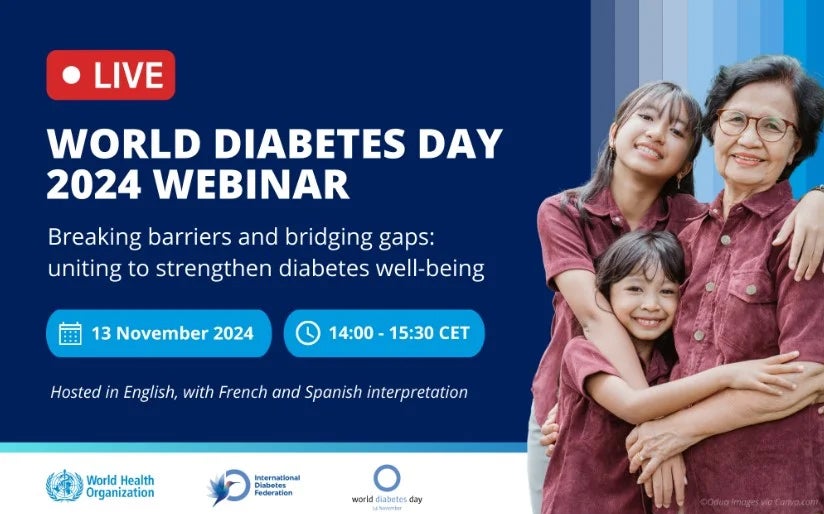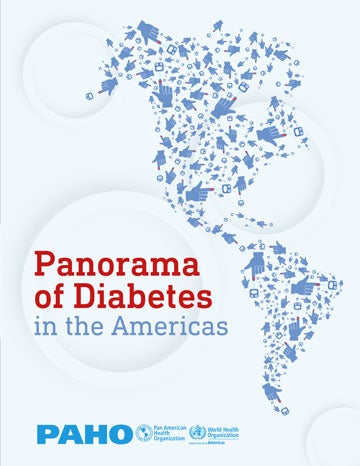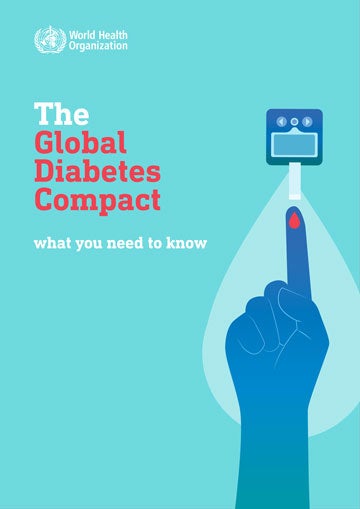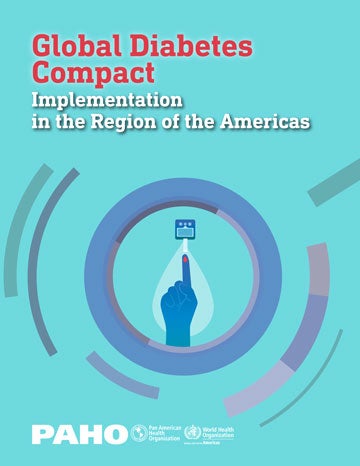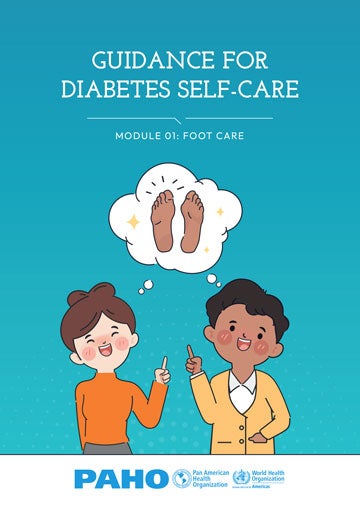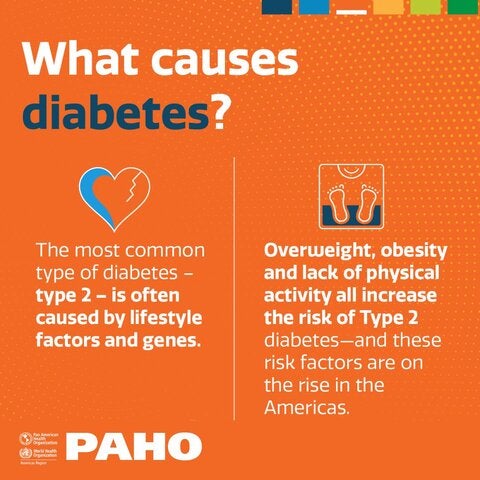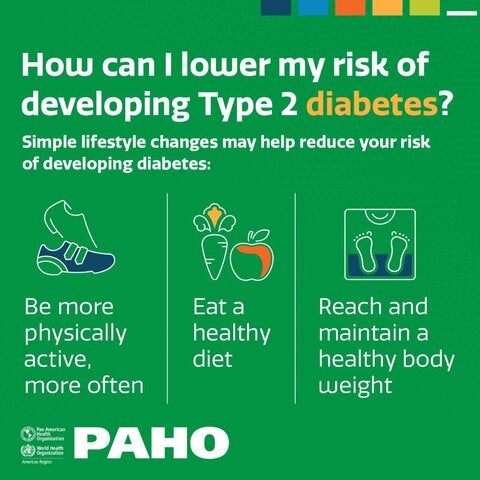November 14
Every November 14, World Diabetes Day is commemorated. This is an opportunity to raise awareness about the impact of diabetes on people's health and to highlight the opportunities to strengthen the prevention, diagnosis, and treatment of diabetes.
This year’s theme, “Breaking Barriers, Bridging Gaps,” underpins our commitment to reducing the risk of diabetes and ensuring that all people diagnosed with diabetes have access to equitable, comprehensive, affordable, and quality treatment and care. Join us in raising awareness, spreading knowledge, and creating lasting change for all affected by diabetes.

